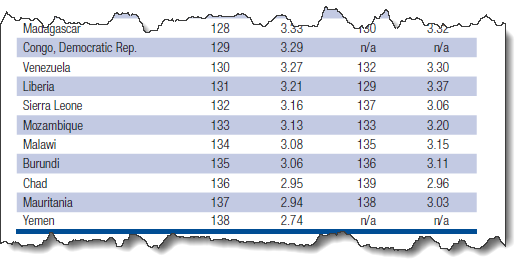What is "Critical Infrastructure?"
According to the US Department of Homeland Security "Critical Infrastructure" includes those assets, systems, and networks whether physical or virtual, that are considered so vital to the United States that their incapacitation or destruction would have a debilitating effect on security, national economic security, national public health or safety, or any combination thereof.Presidential Policy Directive-21 (PPD-21), "Critical Infrastructure Security and Resilience," identifies 16 critical infrastructure sectors. These sectors include:
- Chemical Sector
- Commercial Facilities Sector
- Communications Sector
- Critical Manufacturing Sector
- Dams Sector
- Defense Industrial Base
- Emergency Services Sector
- Energy Sector
- Financial Services Sector
- Food and Agriculture Sector
- Government Facilities Sector
- Healthcare and Public Health Sector
- Information Technology Sector
- Nuclear Reactors, Materials, and Waste Sector
- Transportation Sector, and
- Water and Wastewater Sector
What About the US Elections System/Sector?
In the news these past six weeks there has been an elevated discussion regarding the US election system and whether or not it should be identified as "Critical Infrastructure" and thus protected in the same way and means as the other 16 identified infrastructures. This is aggravated by Mr. Trump questioning the integrity of the US election system and elevated concerns raised by the media that our country's enemies may take action to negatively impact the results of the voting on Tuesday, November 8th.
In early August, Secretary of the Department of Homeland Security, Jeh Johnson, observed:
"There's a vital national interest in our election process, so I do think we need to consider whether it should be considered by my department and others as critical infrastructure." However ...
"There's no one federal election system. There are some 9,000 jurisdictions involved in the election process," Johnson said. (Link)
So, Johnson's perception is that there is no single "Election Infrastructure Sector" per se and it may be challenging to quickly and effectively identify it as "Critical Infrastructure."
I even heard of this issue at a recent conference held by the North American Electric Reliability Corporation (NERC) where a "new" critical infrastructure sector could be the US election system.
With some investigation by this writer, an article published on September 13, 2016, in Fedscoop, was located noting DHS Assistant Secretary for Cybersecurity, Andy Ozment, said that DHS will not classify election systems as critical infrastructure before the November 2016 presidential election.
Ozment's quote continued:
"This is not something we're looking to in the near future. This is a conversation we're having in the long term with state and local government, who are responsible for voting infrastructure. We're focused right now on what we can usefully offer that local and state government will find valuable.
"From our perspective, it gives us more ability to help. It does not put DHS in charge."
It will be fascinating to see how this conversation progresses -- especially if Mr. Trump's noisy questioning of the integrity of the voting process continues through and after the presidential election.
At a minimum, perhaps the "Election System Sector" could be included under the auspices of the "Government Sector" Critical Infrastructure designation rather than adding "Number 17."
###




